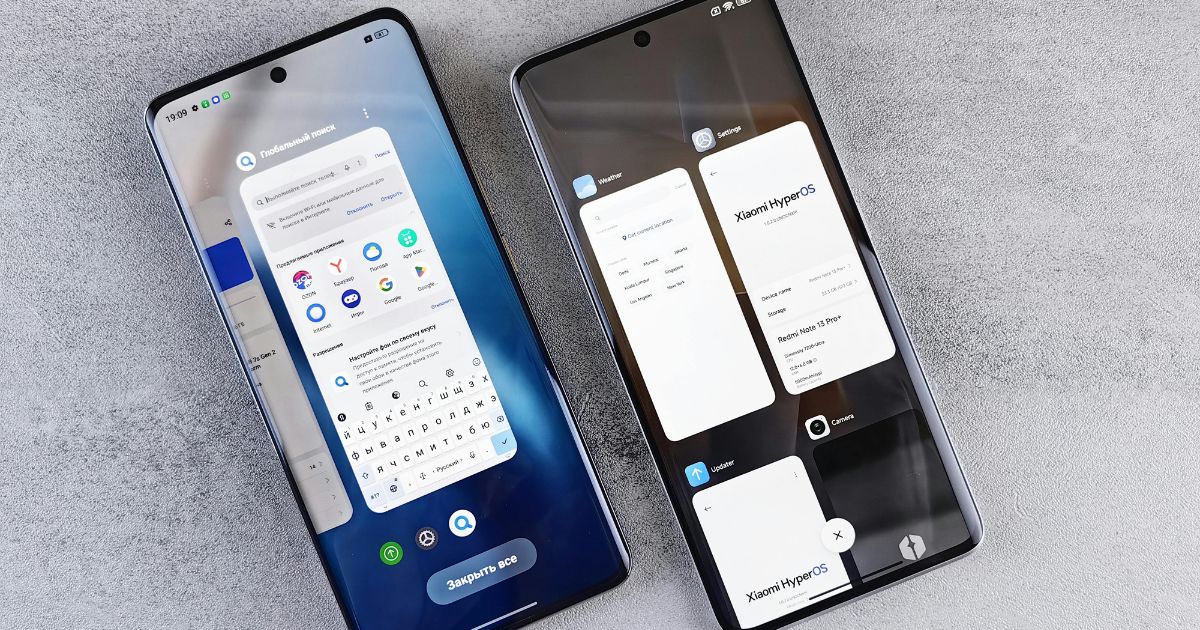Many thoughts leaders, entrepreneurs, and associations start out building their community on social media. Once they’ve reached a certain level of traction, many will begin building the content and community on a third-party platform like Kajabi, WordPress, Thinkific, Circle.io, Mighty Networks, or some combination thereof. However, there comes a point where building on these platforms limits your visibility, which in turn limits your potential for growth and increased revenues. Moreover, behavioral data is often limited or altogether unavailable. The result? Without quality input (rich customer insights), the output ( a.k.a content) suffers, growth plateaus, and the experience becomes stale. Or put another way, “garbage in, garbage out” begins to diminish your community’s value.
You Can’t Manage What You Can’t Measure
The primary reasons clients build their own apps with us are control, visibility and flexibility. This lack of data visibility and robust analytics within these platforms is often a key tipping point for community owners to build their own app. However, most digital community owners/administrators are flying blind when it comes to knowing which content is resonating best, which users are most engaged, and which are getting ready to leave. Many times, they are simply relying on direct feedback provided by members. However, this isn’t always accurate nor is it scalable. This concept of “churn”—when a user or member leaves your community—is expected, but it doesn’t have to be accepted.
Let the Data Speak
A lot of talking heads in our industry advocate a minimum viable product (MVP) approach to going to market. The idea is to introduce the app with the minimum number of viable features and use that initial release to validate the product’s utility and potential in the market. The challenge with this approach is that with minimal features and lower number of users, you have no observable data to help you determine what’s actually working. At AppIt Ventures, we believe in letting the data do the talking. In our experience, successful community app development requires a meaningful baseline of both features and content to engage users and members right out of the gate. We have built several dozen community-related apps, continually defining and refining the most popular core features (again, based on the data) across industry and community type. We know what level and types of content are required for a successful launch. These apps go to market with more content and a more robust feature set than MVPs, but they give the app owner enough data points and content to start gathering user behavior information to evaluate product performance and guide the ongoing development strategy.
A Proven Approach
Our data-driven approach to creating successful community apps is to give content curators the ability to quickly A/B test their content without having to ask a developer to make updates to the code (which gets expensive very quickly). Our experience with UI/UX tells us that content at the top left of the screen is viewed most often. Swapping out the initial content with alternate content helps determine if it’s the placement or the actual material that is driving engagement. Knowing whether it is content above the fold (visible on screen before scrolling) or simply the content itself (regardless of placement) that is driving engagement is a critical data point as you build out your content and course types. Another part of our process is to map out user flows within the application and determining which data points to capture. This will help you visualize what the “happy path” is for every user of your app. Of course, we understand that no two users are the same and apt to find many different ways to navigate your app. However, knowing the overall flow of the user experience and gathering key data points can help you understand where you might potentially lose people. For example, how many users complete their profile? Where in the user journey do you see a drop off in engagement? Data will help you answer these questions and more.
Reading Your Digital Roadmap
Many of our clients will start to build their future product roadmap during the initial development with us. We encourage this kind of forward thinking early on in the relationship. The beauty of building rich data analytics into your app is that your users/members, by interacting with the app itself, will reveal a wealth of information and insights to help you make product decisions, as well. We’ve noticed most of the stress around product planning is related to not knowing whether a particular feature would be valuable to users. No matter how smart you are or how big your vision might be, successful clients have learned this fundamental lesson: Users don’t always want what you think they want. Unfortunately, some learn it the hard way, by expensive trial and error. Smart operators learn it the easy way by letting the data drive the decision. The only way to accurately gauge the importance of a potential feature to your user base is to review your data analytics. Only then can you determine if the cost to develop that feature will generate a meaningful return on investment, either by keeping members engaged or by finding new users. We regularly use our time working with clients on their projects to teach them how to interpret their data, capture thoughts and ideas for future phases, rank them in terms of importance to both owner and users, budget for their development, and plan for their implementation.
Bottom line?
Owning your data and leveraging your analytics is the only strategy for building a successful app, driving your product roadmap, and cultivating an engaged community for the long term. Is it any wonder social media channels and third-party platforms are so stingy with your data?








